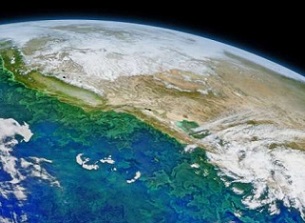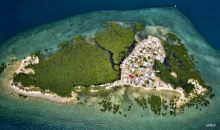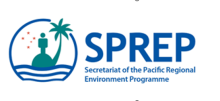
CU Boulder researchers have developed a method that could enable scientists to accurately forecast ocean acidity up to five years in advance. This would enable fisheries and communities that depend on seafood negatively affected by ocean acidification to adapt to changing conditions in real time, improving economic and food security in the next few decades. Previous studies have shown the ability to predict ocean acidity a few months out, but this is the first study to prove it is possible to predict variability in ocean acidity multiple years in advance.









